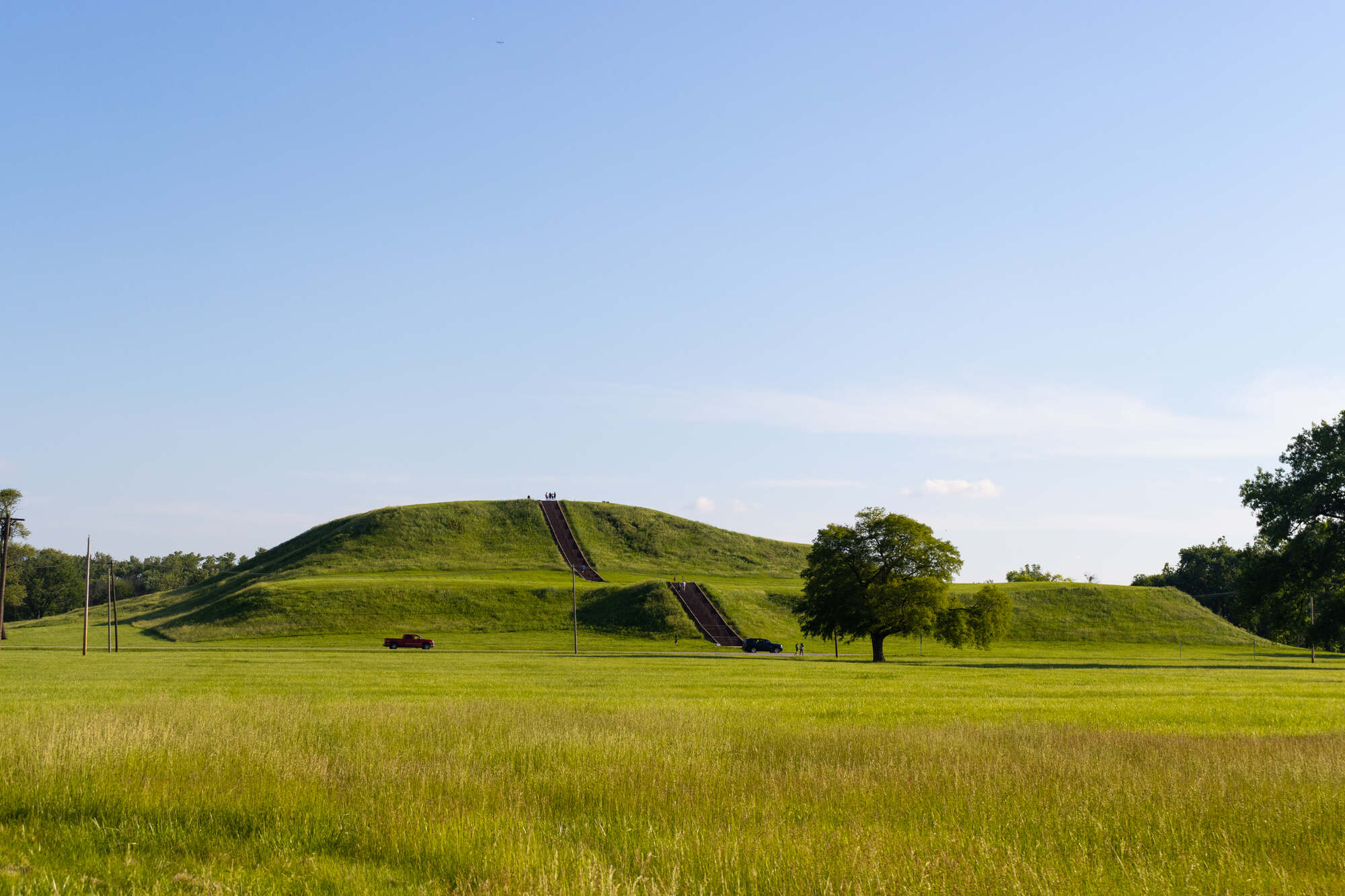Secrets Of Ohio Valley’s Indigenous Burial Mounds

Have you ever wondered about the ancient secrets hidden in the Ohio Valley's Indigenous Burial Mounds? These mysterious earthworks, built by Native American cultures thousands of years ago, hold fascinating stories of the past. Imagine walking among these mounds, feeling the history beneath your feet. Each mound has its own unique shape and size, reflecting the customs and beliefs of the people who built them. From the famous Serpent Mound to the intricate Hopewell Culture sites, these ancient structures offer a glimpse into a world long gone. Ready to learn more about these incredible landmarks? Let's dive into the history and significance of these ancient wonders.
Secrets of Ohio Valley's Indigenous Burial Mounds
The Ohio Valley is rich with history, especially when it comes to the ancient burial mounds created by Indigenous peoples. These mounds offer a glimpse into the lives, beliefs, and practices of the Native American cultures that once thrived in this region. Let's explore some of the most fascinating burial mounds in the Ohio Valley.
Serpent Mound
Serpent Mound, located in Adams County, Ohio, is one of the most famous effigy mounds in North America. This prehistoric structure, shaped like a serpent, stretches over 1,300 feet and is believed to have been built by the Adena culture around 1000 BCE.
- Serpent Mound: This mound is unique due to its serpent shape, which may have had astronomical or religious significance. The head of the serpent aligns with the summer solstice sunset, while the coils may represent lunar phases.
Mound City Group
The Mound City Group, part of the Hopewell Culture National Historical Park, consists of 23 earthen mounds. These mounds were used for ceremonial purposes and as burial sites by the Hopewell culture between 200 BCE and 500 CE.
- Mound City Group: Each mound in this group contains intricate artifacts, including pottery, tools, and jewelry, showcasing the craftsmanship and trade networks of the Hopewell people.
Newark Earthworks
The Newark Earthworks in Licking County, Ohio, are among the largest set of geometric earthen enclosures in the world. Built by the Hopewell culture, these earthworks include the Great Circle, the Octagon, and the Wright Earthworks.
- Newark Earthworks: The Great Circle, with its 1,200-foot diameter, is thought to have been used for ceremonial gatherings. The Octagon Earthworks align with lunar cycles, demonstrating the Hopewell's advanced understanding of astronomy.
Fort Ancient
Fort Ancient, located in Warren County, Ohio, is a hilltop enclosure built by the Hopewell culture around 1000 CE. This site includes earthen walls and mounds that stretch over three miles.
- Fort Ancient: The site features gateways and terraces that may have been used for social or religious events. The mounds here also contain burials, offering insights into the Hopewell's funerary practices.
Grave Creek Mound
Grave Creek Mound, situated in Moundsville, West Virginia, is one of the largest conical burial mounds in the United States. Constructed by the Adena culture around 250-150 BCE, this mound stands 62 feet high and 240 feet in diameter.
- Grave Creek Mound: Excavations have revealed multiple burial layers, including log tombs and a variety of grave goods, indicating the mound's significance as a burial site for important individuals.
Seip Mound
Seip Mound, part of the Hopewell Culture National Historical Park, is located in Ross County, Ohio. This large mound is part of a complex that includes smaller mounds and earthworks.
- Seip Mound: The central mound contains a large burial chamber with numerous artifacts, such as copper ornaments and mica sheets, reflecting the Hopewell's elaborate burial customs.
Marietta Earthworks
The Marietta Earthworks, located in Marietta, Ohio, are remnants of a large ceremonial center built by the Hopewell culture. This site includes several mounds and geometric earthworks.
- Marietta Earthworks: The Conus Mound, the largest at the site, served as a burial mound. The surrounding earthworks likely had ceremonial or astronomical purposes, highlighting the Hopewell's complex societal structure.
Effigy Mounds National Monument
Effigy Mounds National Monument, located in northeastern Iowa, preserves more than 200 prehistoric mounds built by various Native American cultures, including the Hopewell and Oneota.
- Effigy Mounds National Monument: The mounds here are shaped like animals, including bears and birds, and were used for ceremonial and burial purposes. These effigy mounds offer a unique perspective on the spiritual beliefs of the mound builders.
Conclusion
The Ohio Valley's indigenous burial mounds are more than just ancient structures; they are windows into the past, revealing the rich cultural heritage of the Native American peoples who built them. Each mound tells a story of community, spirituality, and connection to the land, making them invaluable treasures of history.
Ohio Valley's Hidden History
Ohio Valley's indigenous burial mounds offer a glimpse into the rich history of ancient cultures. These mounds, built by Native American tribes, serve as both burial sites and ceremonial grounds. They reveal much about the social and spiritual lives of the people who constructed them.
Visiting these mounds provides a unique opportunity to connect with the past. Sites like Serpent Mound and Mound City Group are not just historical landmarks but also places of reflection and learning. They remind us of the ingenuity and reverence of the indigenous cultures that once thrived in the region.
Understanding and preserving these mounds is crucial. They are more than just piles of earth; they are sacred spaces that hold the stories of a people who lived, loved, and worshipped here long before us. Exploring these sites enriches our appreciation for the diverse history of the Ohio Valley.

